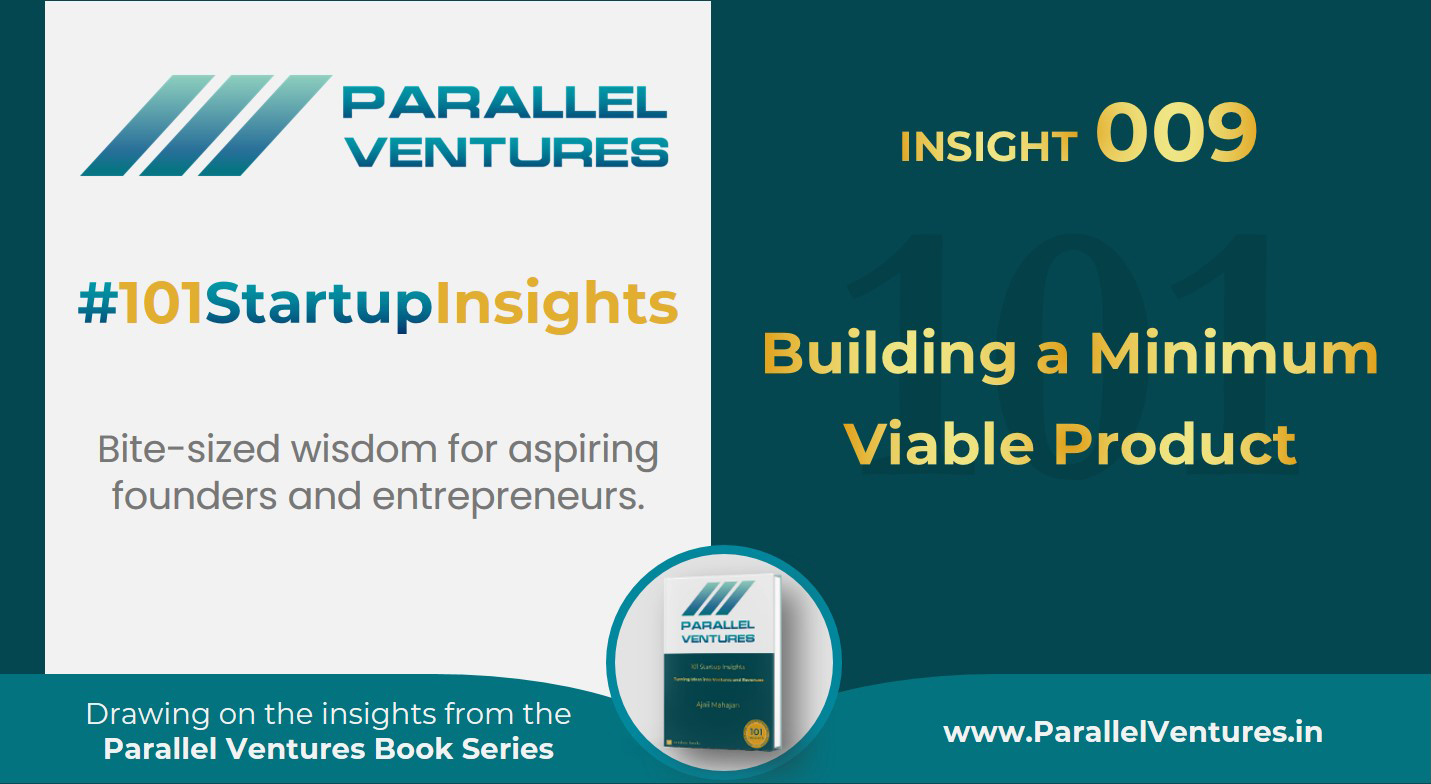
Perfection is comforting—but dangerous. It convinces you to delay. It pushes you to build more, polish endlessly, and wait until everything feels ready.
But in startup life, perfection isn’t the goal. Learning is.
And that’s where the Minimum Viable Product—or MVP—comes in. It’s not a shortcut. It’s a strategy.
This insight is about launching lean, listening early, and evolving fast. Because real products are not made in isolation—they’re shaped in the hands of real users.
What an MVP Is (And Isn’t)
An MVP is the simplest version of your product that allows you to test your core assumptions with real users.
It’s not a half-baked product. It’s a focused experiment.
The goal is to learn:
- Does this solve a real problem?
- Will people use it?
- What matters most to them?
You’re not trying to wow. You’re trying to understand.
That understanding, in turn, is what powers everything you build next.
Priya and Rohan: Different MVPs, Same Philosophy
Priya didn’t launch her entire sustainable fashion line at once. Instead, she introduced a capsule collection—a curated set of designs that let her test key variables: style preferences, price points, and willingness to pre-order.
This allowed her to minimise inventory risk and gather rich feedback—without burning through her resources.
Rohan took a radically leaner approach. Before writing a line of code, he manually managed logistics for small businesses. He coordinated deliveries over phone and email, tracked orders in spreadsheets, and did everything by hand.
Sounds inefficient? Maybe. But it taught him more than any software sprint could.
He learned what customers really needed. Where the delays happened. What data points mattered. When he finally built the tech, it was informed, efficient, and user-tested—in spirit, if not in code.
Why Building Less Is the Smarter Move
When you build too much too soon, two things happen:
- You waste time solving problems no one cares about.
- You make it harder to change direction when reality hits.
MVPs help you avoid both. They strip your product down to the essence of value—the smallest package of usefulness you can deliver to test demand.
This helps you:
- Get to market faster
- Save money on development
- Stay flexible when feedback rolls in
- Involve customers in shaping the product
And more importantly, it prevents the heartbreak of launching something perfect—that no one wants.
MVP Isn’t Always Software
Many first-time founders assume MVP means building a basic app or website. But in truth, an MVP can take many forms:
- Manual services (like Rohan’s early coordination)
- Landing pages with pre-orders or signups
- Clickable mockups or prototypes using tools like Figma
- No-code builds using platforms like Bubble, Webflow, Glide, or Airtable
- Small batch products, like Priya’s capsule collection
The common thread? A way to test value, gather data, and learn quickly.
Use Feedback to Shape What Comes Next
The best MVPs are built with listening in mind.
Every click, question, complaint, and compliment is feedback. Your job is to:
- Ask the right questions
- Track behaviour patterns
- Note what surprises you
- Let go of what doesn’t matter
Early users are not just testers. They’re co-creators. If you involve them meaningfully, they’ll stay loyal as you grow.
This Insight Is Just the Beginning. In the Book, You’ll Explore…
- How Priya and Rohan structured their MVPs to minimise risk and maximise learning
- Step-by-step guides for non-technical MVP launches
- Questions to ask before building anything
- MVP templates and real-world case studies from across industries
- How to avoid common MVP traps: overbuilding, under-listening, and misreading feedback
Before You Go
Don’t aim for flawless. Aim for feedback.
Launch with clarity, not complexity.
And remember—your MVP isn’t your final product.
It’s the beginning of a conversation with your market.
Speak simply. Listen deeply.
Then build what really matters.
See you in the next insight,
Warmly,
Ajaii Mahajan
Founder, Mentor, Author – Parallel Ventures
Related Links
🌱 Explore the Books – Parallel Ventures
